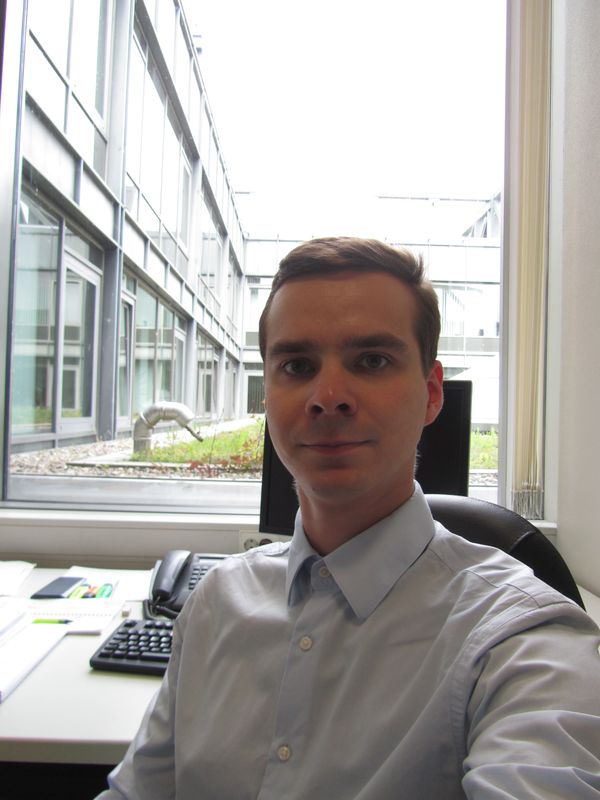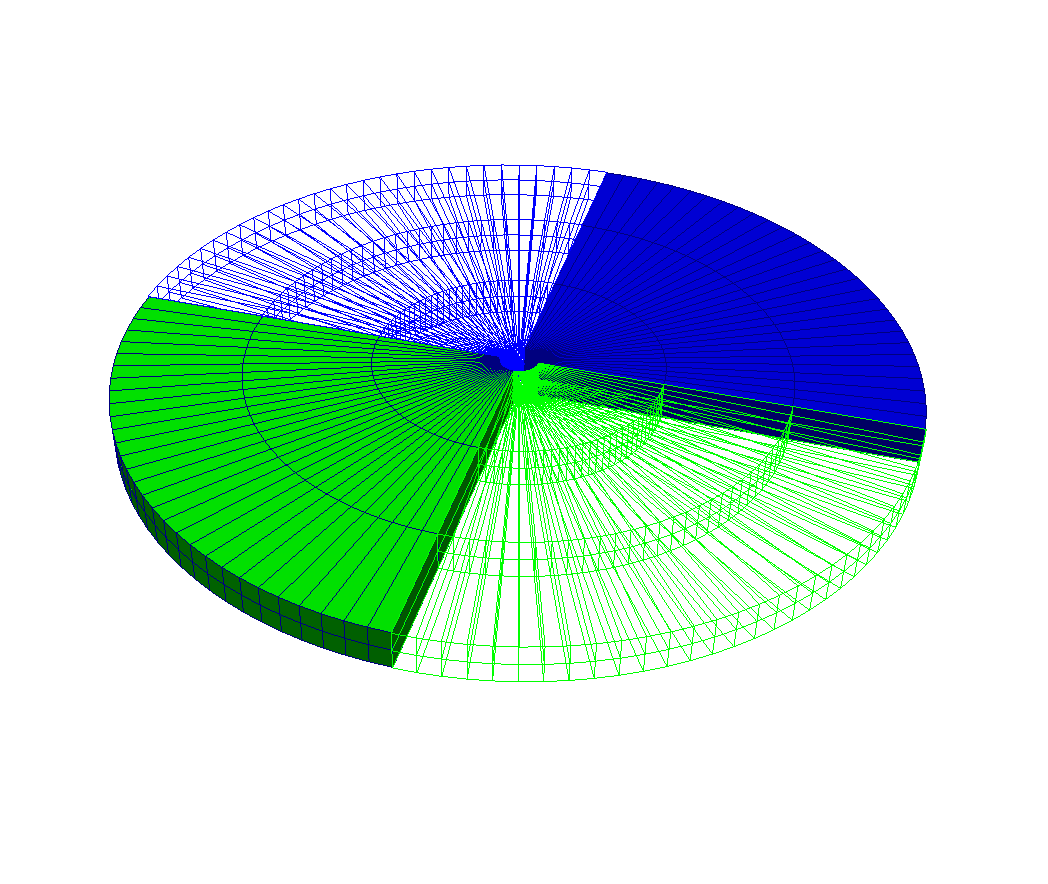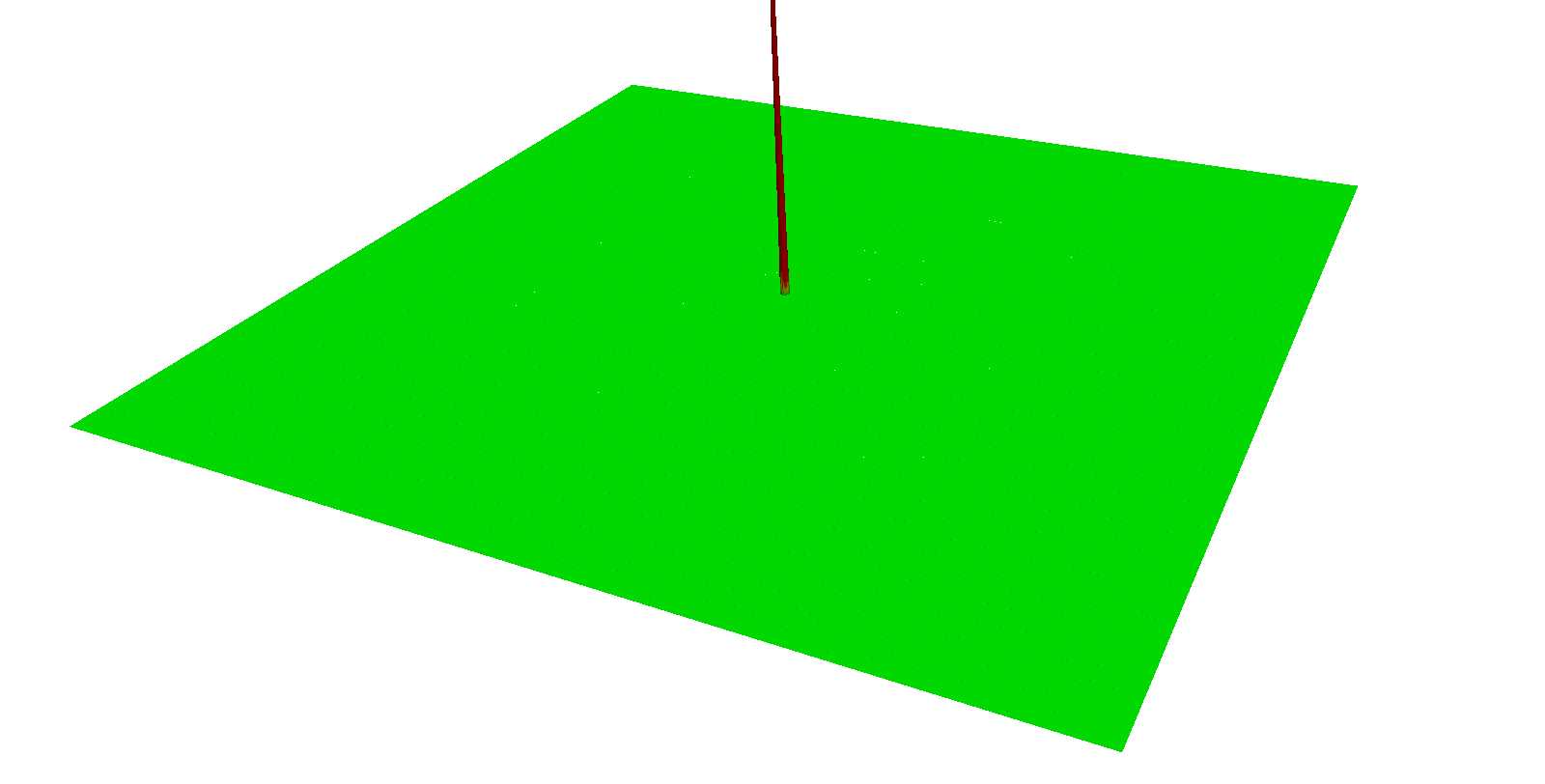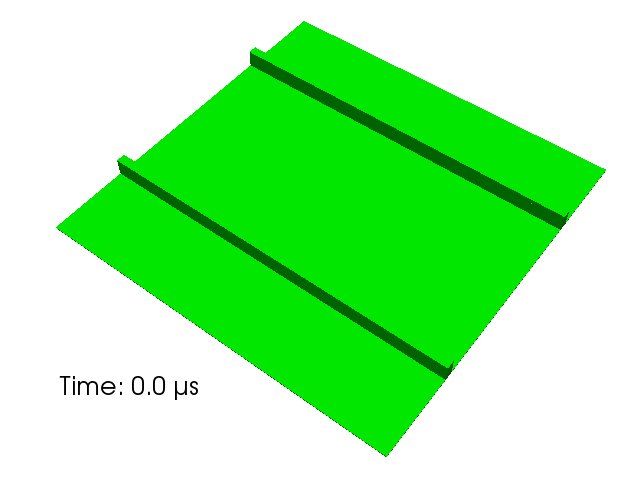High-performance numerical simulations
My current field of research is rather widespread and falls into the category of high-performance numerical simulations. Important aspects are:
- Multiphysics numerical simulations.
- Coupled elastic waves and fluid flow in porous media with memory.
- Higher order space-time finite element methods.
- Massively parallel and high performance computing.
- Iterative linear block-system solvers and preconditioning.
- C++ software development.
- Implementation of DTM++ frontend simulators for deal.II
- Implementation of candi - an automated build bash script tool for deal.II


 The pressure is colourised in the lower part and
the magnitude of the displacement is colourised in the upper part.
This animation was created from a numerical simulation with my frontend solver
DTM++.Project/biot.
The pressure is colourised in the lower part and
the magnitude of the displacement is colourised in the upper part.
This animation was created from a numerical simulation with my frontend solver
DTM++.Project/biot.
 An acoustic wave traveling through an heterogeneous media. At the media jump
some part of the wave gets transmitted and some part gets reflected.
Additionally a new Huygens wave rises.
This animation was created from a numerical simulation with my frontend solver
DTM++.Project/awave.
An acoustic wave traveling through an heterogeneous media. At the media jump
some part of the wave gets transmitted and some part gets reflected.
Additionally a new Huygens wave rises.
This animation was created from a numerical simulation with my frontend solver
DTM++.Project/awave.
 A three-dimensional symmetric-antisymmtric guided elastic wave package is enforced
and travels through a fibre-reinforced plastic structure.
New antisymmtric elastic waves rise due to interaction of the symmetric part of
the original wave with structural defects.
This animation was created from a numerical simulation with my frontend solver
DTM++.Project/ewave.
A three-dimensional symmetric-antisymmtric guided elastic wave package is enforced
and travels through a fibre-reinforced plastic structure.
New antisymmtric elastic waves rise due to interaction of the symmetric part of
the original wave with structural defects.
This animation was created from a numerical simulation with my frontend solver
DTM++.Project/ewave.